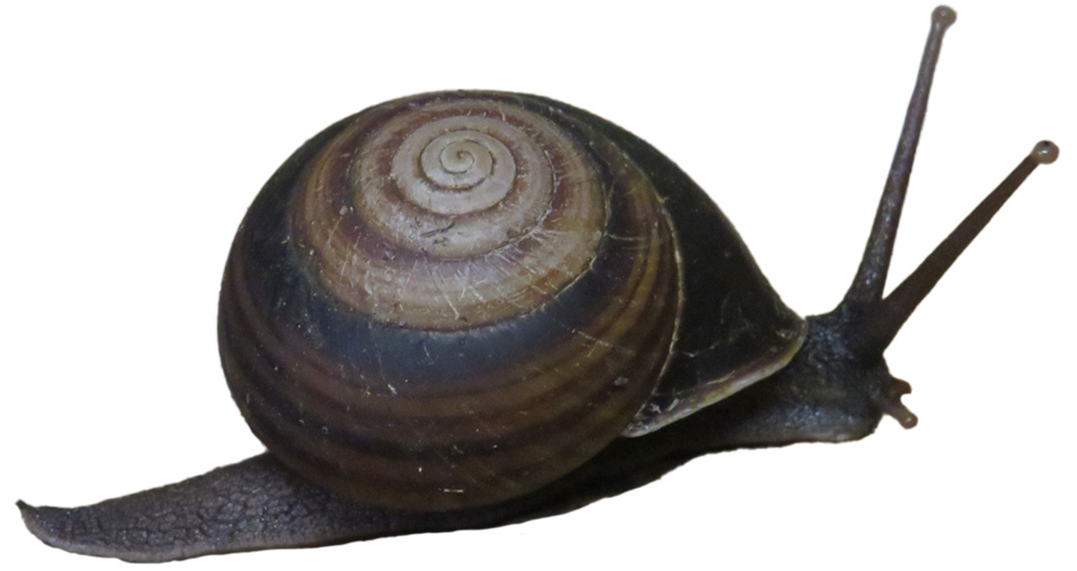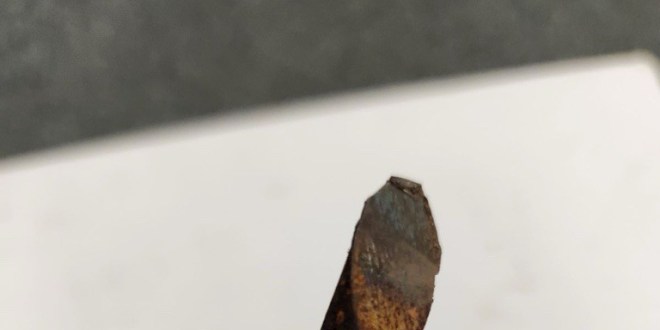DNA analysis by Queensland Museum scientists has unearthed the true identity of 15 species of land snails including four new-to-science species with one named in honour of Australia Zoo’s Robert Irwin.
For the past four decades, taxonomists have been confused by the Figuladra group of snails, whose shells were used as the primary form of species identification.

Now Queensland Museum’s Dr Lorelle Stanisic and Dr John Stanisic OAM have unlocked the mysteries of these species through DNA analysis alongside Australian Museum’s Dr Frank Köhler.
Dr John Stanisic said the Figuladra group of snails are highly variable in shell characters, such as colour and banding pattern, making the species difficult to tell apart on their shells alone and why DNA was crucial.
“Lorelle’s study was primarily based on more than 270 dissections of reproductive structures and DNA analyses of animal tissue from which she was finally able to determine the true identity of 15 species,” Dr Stanisic said.
“Four of these were new-to-science species including Robert Irwin’s Banded Snail, Figuladra robertirwini.”
The species of Figuladra are found in dry vine thicket from just north of the Mary River in South East Queensland to south of the O’Connell River near Proserpine in North Queensland.
One of the species, the Bundaberg Banded Snail (Figuladra vidulus), is colloquially known as the ‘suitcase snail’ due to the scientists finding large numbers in a discarded suitcase in vine thicket on the Hummock, west of Bargara, Queensland.
Dr Lorelle Stanisic said land snails are important environmental indicators and biodiversity predictors.
“Land snails generally coexist with other invertebrates and the destruction of their habitat affects what I would consider the hidden engine room of our forests. Land snail conservation should be a high priority,” Dr Lorelle Stanisic said.
Queensland Museum CEO Dr Jim Thompson said the work of Queensland Museum scientists were wide and varied in the field of taxonomy.
“The field and research of malacology in Australia is a crucial study as the research undertaken into these molluscs can provide insights in the management and conservation of forests,” Dr Thompson said.
“I commend the work of Queensland Museum researchers such as John and Lorelle Stanisic, whose taxonomic research contributes to the overall understanding of Australia’s fauna.”









